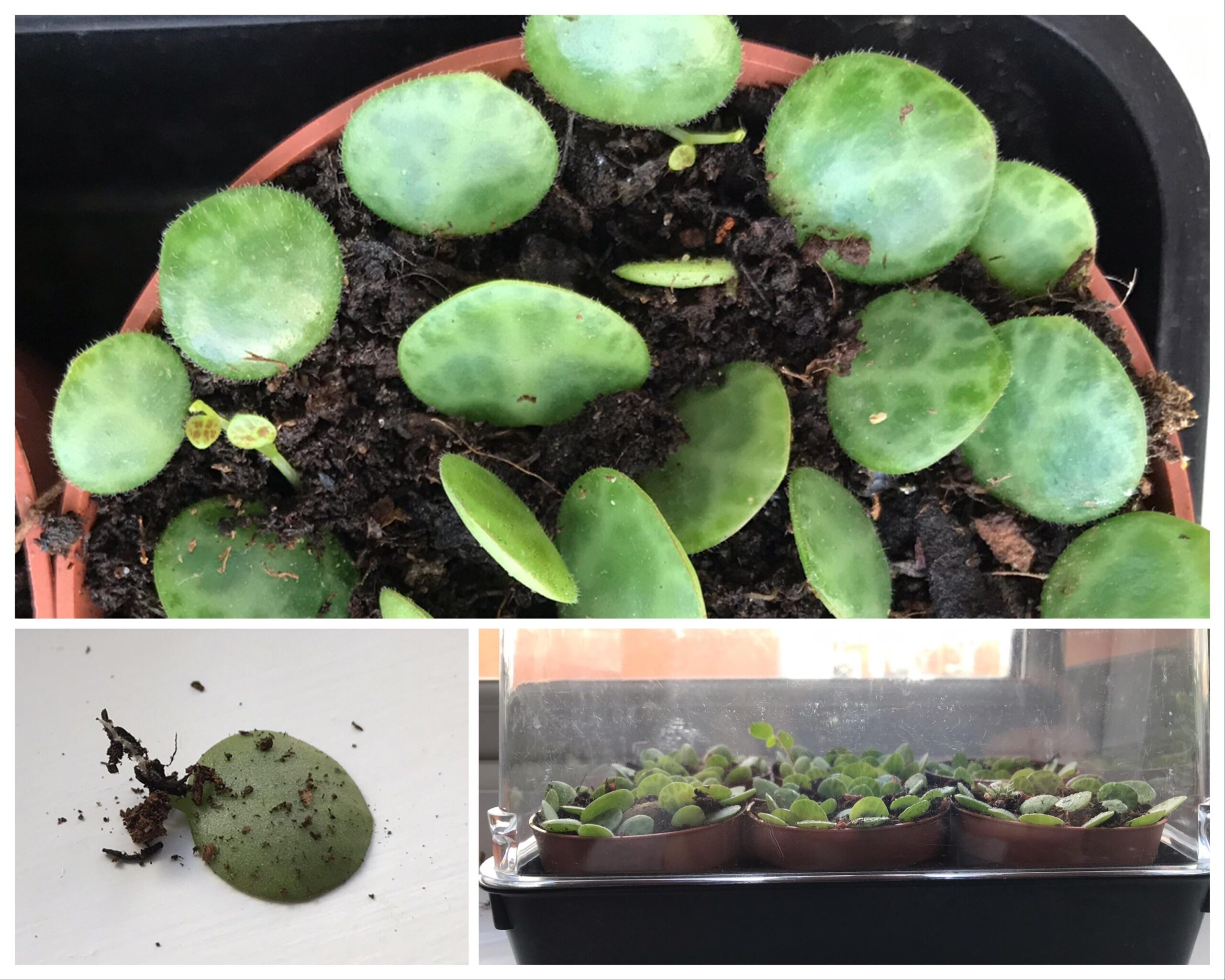To grow string of turtles, provide bright, indirect light and well-draining soil. Water sparingly to avoid root rot.
String of Turtles (Peperomia prostrata) is a unique and attractive succulent plant known for its small, turtle-shaped leaves with intricate patterns. If you’re looking to add this charming plant to your indoor garden, you’ll be pleased to know that it’s relatively low-maintenance.
In this guide, we’ll explore the essential care tips and techniques to help you cultivate a healthy and thriving string of turtles plant. From lighting and soil requirements to watering and propagation methods, we’ll cover everything you need to know to create an ideal environment for your string of turtles to flourish. Whether you’re a seasoned plant enthusiast or a beginner looking to expand your greenery collection, this comprehensive guide will equip you with the knowledge and confidence to nurture your string of turtles effectively.
Choosing The Right Location
When it comes to growing a healthy and thriving string of turtles plant, choosing the right location is crucial. Providing the right environment will ensure that your plant can flourish and thrive. In this section, we will discuss the key factors to consider when selecting the perfect spot for your string of turtles plant.
Light Requirements
String of turtles plants thrive in bright, indirect light. When choosing a location, look for a spot that receives plenty of natural light but is shielded from direct sunlight, as this can scorch the delicate leaves. Placing the plant near a north or east-facing window is ideal, as it will receive the gentle morning light without the intense heat of the afternoon sun.
Temperature And Humidity Considerations
String of turtles plants prefer warm temperatures ranging between 60-80°F (15-27°C). It’s important to avoid exposing the plant to temperatures below 50°F (10°C) as this can cause damage. Additionally, maintaining a humidity level of 40-60% is beneficial for the plant’s growth. Consider placing a small humidifier near the plant or misting the leaves regularly to provide the necessary moisture.
Soil And Potting
Selecting The Appropriate Soil Mix
Choose a well-draining, nutrient-rich soil mix for your String of Turtles plant.
Choosing The Right Pot Size
Opt for a pot that is slightly larger than the root ball of your plant.
Watering And Feeding
Growing and caring for a string of turtles plant involves attention to the watering and feeding needs. Proper watering techniques and a suitable feeding schedule are crucial to ensure the health and vitality of this unique succulent. In this section, we will delve into the essential aspects of watering and feeding for your string of turtles plant, helping you to nurture it to its full potential.
Proper Watering Techniques
String of turtles plants require a balanced approach to watering. Overwatering can lead to root rot, while underwatering can cause the plant to dry out and wither. It’s essential to find the right balance and provide adequate moisture without saturating the soil.
- Water the plant when the top inch of the soil feels dry to the touch.
- Ensure that the pot has drainage holes to prevent water from accumulating at the roots.
- Use a watering can with a narrow spout to deliver water directly to the soil and avoid wetting the leaves excessively.
- During the winter months, reduce watering frequency to accommodate the plant’s dormant phase.
Feeding Schedule And Fertilization Tips
Feeding your string of turtles plant with the right nutrients is vital for its growth and overall well-being. Establishing a proper feeding schedule and utilizing suitable fertilization techniques can promote robust and vibrant foliage.
- Feed the plant with a balanced, water-soluble fertilizer diluted to half strength every 4-6 weeks during the growing season.
- Apply the fertilizer to moist soil to prevent root burn and ensure effective absorption of nutrients.
- Consider using a specialized succulent fertilizer to provide the specific elements that string of turtles plants require.
- During the dormant period in winter, refrain from fertilizing the plant to align with its natural growth cycle.

Credit: www.youtube.com
Propagation Methods
Learn effective propagation methods for growing String of Turtles, a popular houseplant. By utilizing stem cuttings in water or soil, you can easily expand your plant collection and enjoy the unique beauty of these trailing vines. With proper care and patience, you can propagate String of Turtles successfully.
String of Turtles is a unique and fascinating plant that can be propagated in various ways. The most common propagation methods are stem cuttings and growing from seeds. In this post, we will discuss these methods in detail and provide you with step-by-step instructions on how to propagate your own String of Turtles.Propagating From Stem Cuttings
Propagating String of Turtles from stem cuttings is a quick and easy method that yields excellent results. Here are the steps to follow:- Choose a healthy, mature stem from your String of Turtles plant.
- Using a clean, sharp knife or scissors, cut the stem just below a node (the point where a leaf attaches to the stem).
- Remove the leaves from the bottom half of the stem, leaving a few at the top.
- Dip the cut end of the stem in rooting hormone powder to encourage root growth.
- Plant the stem cutting in a well-draining soil mix and water lightly.
- Place the pot in a bright, indirect light location and keep the soil moist but not waterlogged.
- Within a few weeks, your stem cutting should start to root and produce new growth.
Growing From Seeds
Growing String of Turtles from seeds is a more challenging but rewarding method. Here’s how to do it:- Obtain String of Turtles seeds from a reputable source.
- Fill a seed tray with a well-draining soil mix and water thoroughly.
- Scatter the seeds on top of the soil and cover them lightly with a thin layer of soil mix.
- Mist the soil surface with water to keep it moist.
- Place the tray in a bright, warm location (around 70-75°F) and cover it with a clear plastic lid or plastic wrap to create a humid environment.
- Check the soil moisture regularly and mist as needed. The seeds should germinate within 2-3 weeks.
- Once the seedlings have developed their second set of leaves, transplant them into individual pots filled with well-draining soil mix.
- Water the seedlings lightly and place them in a bright, indirect light location.
- Continue to care for your String of Turtles plant as it grows and matures.
Pruning And Maintenance
To grow a healthy String of Turtles plant, regular pruning and maintenance are crucial. Trimming dead or damaged leaves and ensuring proper watering and sunlight will promote growth and prevent disease. Regular maintenance will help the plant thrive and maintain its unique appearance.
String of Turtles is a unique and stunning succulent that can add a touch of beauty to any space. However, growing and maintaining the plant requires proper pruning and maintenance. Pruning helps the plant to grow fuller and healthier, while maintenance ensures that the plant remains vibrant and fresh-looking. In this article, we will discuss how to prune and maintain your String of Turtles to keep it healthy and thriving.Trimming For Optimal Growth
String of Turtles requires trimming to maintain its shape and promote optimal growth. Here are some tips to follow:- Use a clean and sharp pair of scissors or pruning shears to trim your plant.
- Cut back any dead or yellowing leaves to promote new growth.
- Trim back any long or leggy stems to encourage new growth and prevent the plant from becoming too top-heavy.
- Trim back any damaged or diseased stems to prevent the spread of disease.
- After trimming, allow the plant to dry for a few hours before watering it.
Common Issues And Troubleshooting
String of Turtles can be susceptible to a few common issues that can affect its growth and overall health. Here are some tips to troubleshoot these issues:| Problem | Solution |
|---|---|
| The plant is not growing or looks unhealthy | Check the soil moisture levels and adjust watering as necessary. Ensure the plant is getting enough light and is not over-fertilized. |
| The leaves are turning yellow or falling off | Check the soil moisture levels and adjust watering as necessary. Ensure the plant is not over-fertilized and is not exposed to cold temperatures or drafts. |
| The plant is becoming too leggy | Trim back any long or leggy stems to encourage new growth and promote a fuller, bushier plant. |
| The plant is becoming too top-heavy | Trim back any long or leggy stems to encourage new growth and promote a fuller, bushier plant. Use a stake or trellis to support the plant if necessary. |
| The plant is being attacked by pests | Use an insecticidal soap or neem oil to treat the plant for pests. Remove any affected leaves or stems and dispose of them properly. |
:max_bytes(150000):strip_icc()/growing-string-of-turtles-5091591-hero-831b53c70440482ea576f63d2e1d714d.jpg)
Credit: www.thespruce.com
Decor Ideas With String Of Turtles
Decorating your living space with String of Turtles plants can add a touch of nature and freshness to your home. Whether you prefer hanging baskets or terrarium arrangements, there are various ways to incorporate these charming succulents into your decor. Let’s explore some creative ideas to showcase your String of Turtles plants in style.
Hanging Baskets
Hanging baskets are a fantastic way to display your String of Turtles plants while adding a whimsical touch to your space. Choose decorative or macrame hangers to complement your interior style, and ensure that the baskets have adequate drainage to prevent overwatering. Hang them near a sunny window or in a well-lit corner to allow the plants to thrive while creating a stunning visual display.
Terrarium Arrangements
Terrarium arrangements offer a creative way to showcase your String of Turtles plants in a contained and visually appealing manner. Select a clear glass container or a geometric terrarium to create an eye-catching centerpiece for your coffee table or shelf. Layer the terrarium with small pebbles for drainage, followed by a layer of succulent-friendly soil, and arrange your String of Turtles plants alongside other compatible succulents or decorative elements for an enchanting display.

Credit: www.lovethatleaf.co.nz
Conclusion
Incorporating these tips will help you successfully grow your string of turtles plant. Remember to provide ample sunlight, water sparingly, and ensure proper drainage. Regularly check for pests and give your plant some love. With these steps, your string of turtles will thrive beautifully in your home.






Leave a Reply